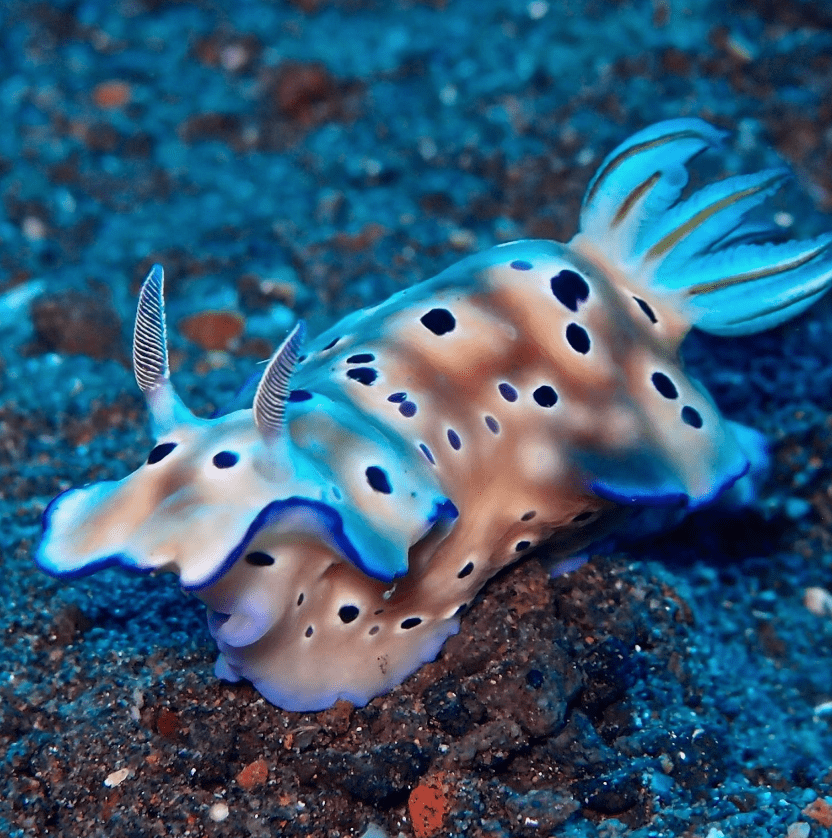Nudibranchs: The Stinger Stealing Sea Slugs
Nudibranchs: The Stinger Stealing Sea Slugs

Photo Credit: National Geographic
Luca Berberich’s long-standing interest in the natural world is being brought to the Talawanda Tribune in their series: Luca B. the Science G. Their fifth article focuses on the infamous robbers of the ocean…
In the depths of the ocean, you’ll find many species of creatures, but none more unique and diverse than these brightly colored stinger-stealers. The Nudibranch (new-dih-bronk) is a sea creature of many talents. More commonly known as sea slugs, these little fellas have more to them than what meets the eye.
There are more than 3000 species of nudibranch, and no one looks the same. Nudibranchs absorb the colors of the prey they consume. Not only that, but they absorb their venom.
Many nudibranchs consume jellyfish and other stinging sea creatures as food, protecting themselves from their stingers by covering their digestive system with chitin (a mucus-like glucose derivative). These stingers are reused by the nudibranchs, turned into the spines (called cerata) on their backs. There is even a species of nudibranch called the Blue Glaucus (or blue dragon) that is infamous for preying on the deadly Portuguese Man o’ War.
Nudibranchs vary in lengths, from a fourth of an inch to a whole foot long, and they can weigh up to 3.3 pounds. They don’t live long- generally less than a year- and they don’t waste their time when it comes to reproducing. All nudibranchs have both male and female sex traits, and can therefore mate with any other nudibranch within its own species. They lay masses of eggs that hatch within 10 to 14 days.
While they can be found in many places, nudibranchs prefer shallow, tropical waters. They don’t swim often, usually opting to crawl along the seafloor. When they do this, they use the tentacles on their heads to feel and taste their surroundings- similar to the way cephalopods do!
Nudibranchs are wonderful creatures, with vast species variety and unique appearances that make them one of the most beloved animals to marine biologists.


